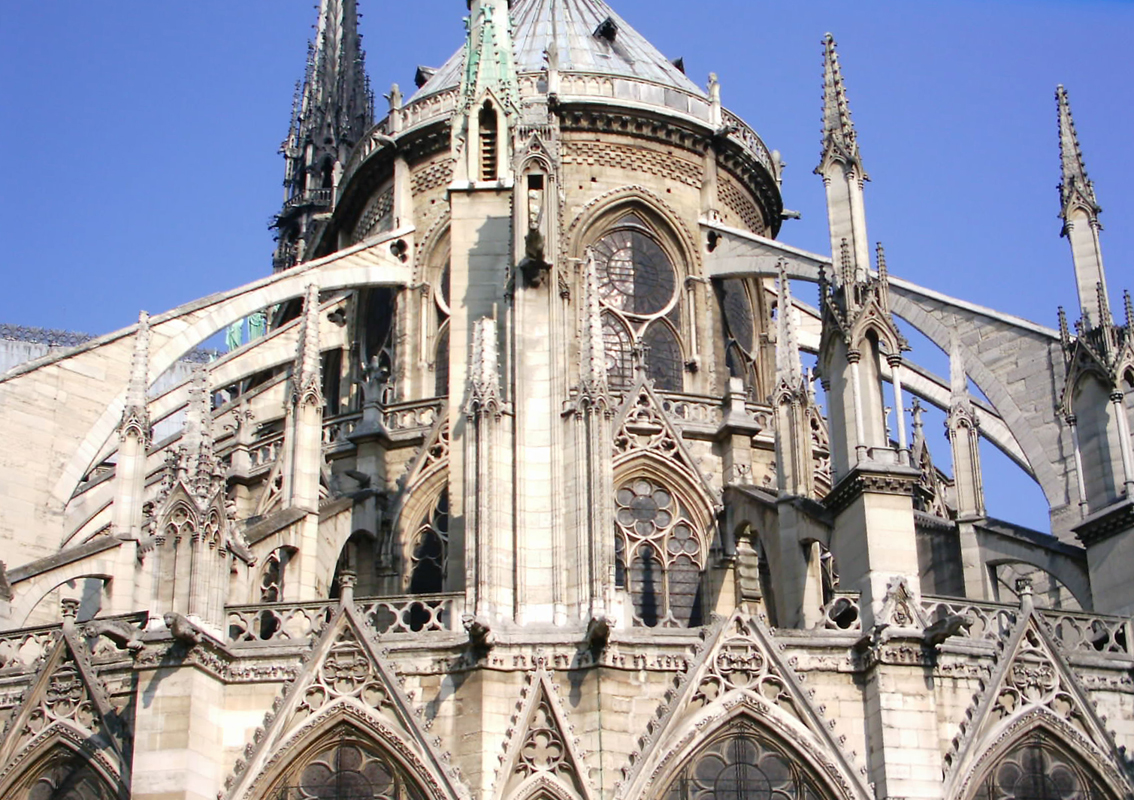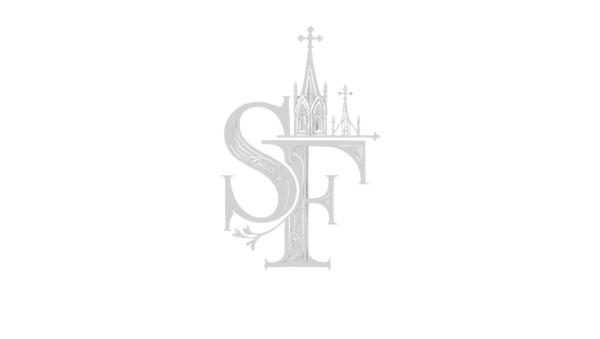
Step into the shadow of a Gothic cathedral and you will notice something unusual: arms of stone stretching outward from the walls, curving gracefully into towering piers.
These are flying buttresses, one of the most daring inventions of medieval architecture.
To the casual eye, they may look like decorative arches. In truth, flying buttresses were a revolutionary solution to one of the greatest problems cathedral builders faced: how to make walls taller, windows larger, and vaults higher without collapsing under their own weight.
Let us uncover why these strange stone wings changed the course of architecture forever.
The Problem: Walls That Couldn’t Breathe
Before the Gothic era, Romanesque churches had thick, fortress like walls. They needed to be solid and heavy to support the immense weight of stone vaults above. The result was dark interiors, small windows, and a sense of heaviness rather than height.
When architects of the 12th century began experimenting with ribbed vaults and pointed arches, they encountered a challenge: the higher and more ambitious their designs became, the more outward pressure pressed against the walls. Without support, the walls cracked and buckled.
The Solution: Taking the Weight Outside
The flying buttress solved this problem in a stroke of genius. Instead of forcing the walls to bear all the pressure, builders directed the weight outward through an arch that carried it to a strong vertical pier placed away from the building.
This meant the main walls could be thinner, lighter, and most importantly filled with vast stained glass windows. Cathedrals were transformed from dim fortresses into radiant spaces glowing with light and colour.
Early Experiments
The first hints of flying buttresses appeared at the Basilica of Saint Denis under Abbot Suger in the mid 12th century, though they were still somewhat hidden within the structure. At Notre Dame de Paris, begun in 1163, the buttresses became fully exposed, arching gracefully around the exterior like skeletal wings.
What might once have been seen as unsightly structural bracing soon became a defining Gothic aesthetic.
High Gothic Mastery

By the 13th century, the flying buttress had been perfected. Cathedrals such as Chartres, Reims, and Amiens showcased soaring buttresses decorated with pinnacles, both practical and symbolic, pointing heavenward like fingers of stone.
Each buttress served a dual purpose: stabilising the immense vaults inside and framing the cathedral with rhythmic, almost musical, lines on the outside. Builders turned necessity into beauty.
Beyond Function: Symbolism and Awe
Flying buttresses were more than clever engineering, they embodied the Gothic vision of light and transcendence. By carrying weight outward, they opened sacred interiors to floods of stained glass, filling churches with jewel like light meant to evoke heaven itself.
They also reshaped city skylines. To medieval onlookers, a cathedral wrapped in these graceful arches must have looked like a building supported by angels’ wings.
The Legacy of the Flying Buttress
Without flying buttresses, we would not have the iconic silhouettes of Notre Dame, Chartres, or Cologne. They were the unsung heroes of Gothic engineering, allowing medieval architects to build taller, lighter, and more awe inspiring than ever before.
Even today, flying buttresses stand as symbols of human ingenuity: proof that by rethinking old problems, we can quite literally reach new heights.

The flying buttress was not just a technical fix; it was a revolution.
By lifting the weight away from the walls, it lifted the spirit of the Gothic age itself. Cathedrals became spaces of wonder: vast, radiant, and filled with stories told through stained glass.
At Spires and Facts, these innovations remind us that beauty often arises from problem solving, and that what begins as necessity can become art.
Stay with us as we continue to uncover the secrets of Gothic design, one stone at a time.
Sources & Further Reading
Basilica of Saint-Denis – Official site: Saint-Denis Cathedral History
Notre-Dame de Paris – Official site: Notre-Dame Cathedral
Chartres Cathedral – Official site: Chartres Cathedral
Amiens Cathedral – UNESCO World Heritage: Amiens Cathedral
Bony, Jean. French Gothic Architecture of the 12th and 13th Centuries. University of California Press, 1983.
Coldstream, Nicola. Medieval Architecture. Oxford University Press, 2002.
Frankl, Paul. Gothic Architecture. Yale University Press, 2000.
Stalley, Roger. The Gothic Cathedral: The Architecture of the Great Church 1130–1530. Thames & Hudson, 1999.
Spires and Facts is an independent platform created for educational and informational purposes only. This article has been compiled from publicly available sources to share knowledge and inspire curiosity about Gothic architecture and history. We are not affiliated with, endorsed by, or sponsored by any of the organisations, websites, or individuals mentioned here. Any external links are provided for reference only and do not imply promotion or partnership. Readers are encouraged to use their own discretion when exploring further resources.
